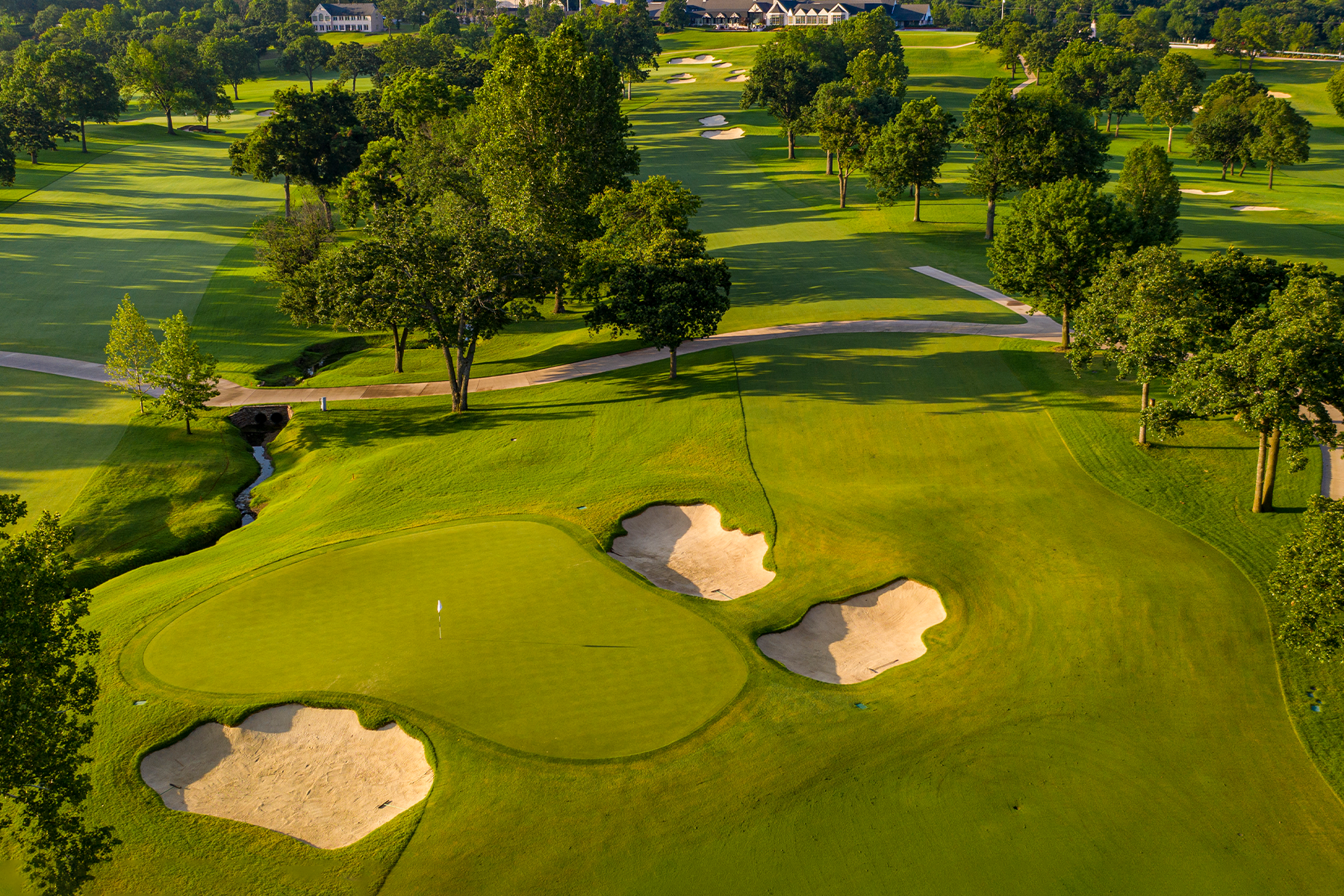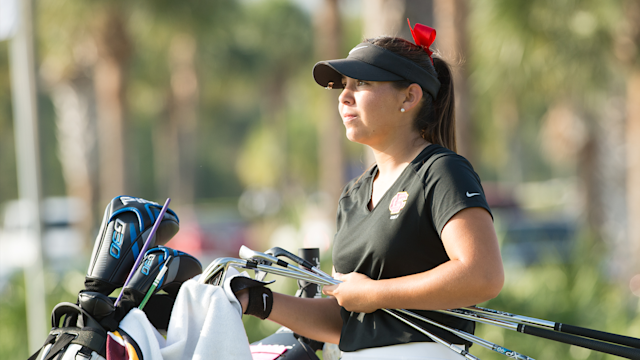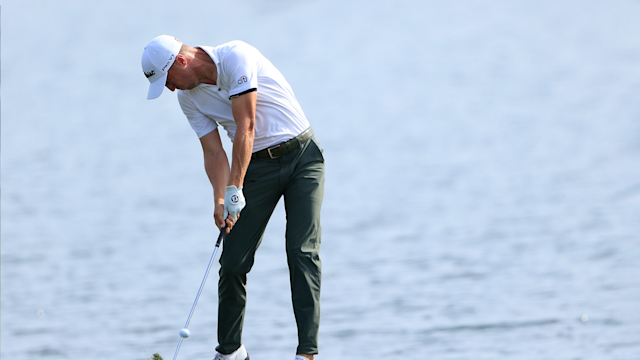quick coaching
3 Tips to Hit More Greens in Regulation
By Keith Stewart, PGA
Published on

Andy Johnson / The Fried Egg
Watching the finest players over 50 compete in the KitchenAid Senior PGA Championship is just as exciting as the competition at Kiawah. As these men take on Southern Hills, we are reminded how hard it is to tackle a classic American golf course. One of the most common characteristics of a course like this is small-target greens.
A great defense of a well-designed layout are the fantastic green complexes. As we have seen this week and will again during the 2022 PGA Championship, Southern Hills has some of the finest and most difficult you will encounter. SHCC isn’t the only course that presents this scoring dilemma. Many of you play at courses with similar small targets. As we watch this weekend, take note of how the best in the world take on this test.
Here are three quick suggestions to help you find the green when presented with similar surface area situations:
1. Figure out the front yardage.
- Did you know this is the most frequently asked for number by PGA and LPGA Tour players? If they are always asking for this number, you should too. Why is the front yardage so important? Firing at the pin or middle of the green can lead to going over. When is the last time you went over a green surface and felt good about it? Almost all greens slope from back to front. Staying beneath the hole always leads to long term scoring success through the round. Most courses you play will only have center yardages or you use a rangefinder/GPS device. That’s okay, here’s a quick PGA Coaching trick. The average small putting surface is about 28 to 30 yards deep. Once you get that center yardage value, subtract ten and that will get you very close to the front number in most cases. If it looks a little bigger subtract twelve. You get the idea.
2. Pick a side.
- Hitting the ball straight in golf is basically a mistake. Almost every golfer curves the ball. Our tendency is definitely to curve it in one direction more than another. When the target is small, the best strategy is to aim for the arc. If you tend to bend the ball from left to right, aim toward the left side of every green. The natural curvature of your ball flight will work its way toward the center. Don’t aim at the center and have the ball curve toward the side. Using this approach will infinitely increase the size of your landing area.
3. Pick a full swing club.
- Once you have that front and center yardage, you’re ready to select a club. Always try to select a club you can take a full rip with. Half shots work less than half the time. Deceleration is one of the biggest accuracy killers on a golf course. You always want to feel as if you can accelerate through your shot and into a full follow through. Since you already know the front and middle yardage, use that number and choose a club that flies as close to that number as possible. It can be a little longer or shorter, but the key is by going for the front third you can make a full swing and not go over. Swinging with that kind of freedom will promote making sensational strokes through impact.
There’s no doubt golf presents many difficult challenges throughout a round. Use the recommendations listed above and you just might be able to cross this particular one off your list.

